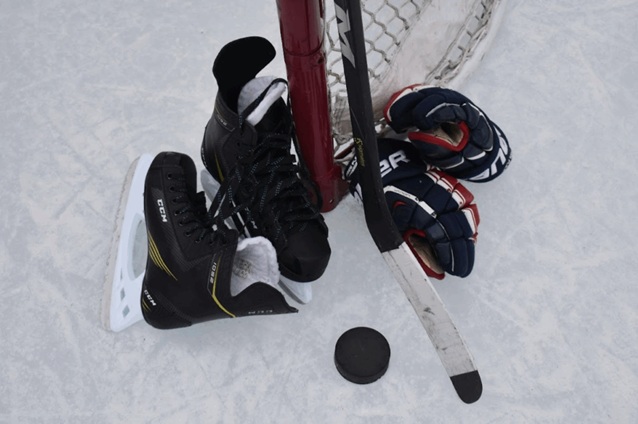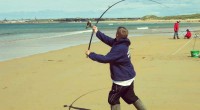Hockey Gear: 5 Important Items You Need to Hit the Ice
Ice hockey is an exciting game of speed, skill, and strategy that few sports can rival. Compete or just play for recreation, either way the proper equipment is important to both success and safety. From the stick in your grip to the helmet on your head, each bit of equipment serves a function. Playing intelligently not only makes a player better, but it also keeps the player safe when games heat up on the ice.
Sticks

A hockey stick is more than gear; it’s an extension of a player’s art and skill. It’s what ties you to the puck, helps you to control your shots, and impacts your overall game. There are many types of hockey sticks, and picking the right one can make all the difference in how you play.
The two main types are wooden sticks and composite sticks. Wooden sticks have existed since the earliest days of hockey, and they’ve remained popular for their dense feel and affordability. They’re great for beginners or recreational users who want something durable and affordable.
Composite sticks, though, which are made from compounds such as carbon fibre, fibreglass, or kevlar, dominate hockey today. They’re significantly lighter in weight and more flexible, which helps in hard shots and precise puck handling. Competitive players exclusively play with composite sticks since they provide maximum performance despite being more expensive.
The pro stock hockey stick solution is designed to optimize balance, shot power, and control. Bauer, CCM, and Warrior offer sticks for different styles of play. Forwards might prefer a lighter pro stock stick with a lower kick point so they can shoot wrist shots quickly. Defencemen might use a stick higher kick point that provides them with more power for slapshots and long passes.
Picking the correct pro stock hockey stick also involves finding the correct flex and length. Flex rating, which is typically between 70 and 110, establishes how much the stick will bend while shooting. The general guideline is to choose a flex about half your weight. A stick that’s too stiff can make it more difficult to load shots, while one that’s too flexible may take away accuracy.
As for length, the stick should generally reach your chin when standing in skates. Too long, and you’ll lose control; too short, and your reach suffers. The blade curve is another personal preference. Some players like a deep curve for lifting the puck easily, while others prefer a flatter blade for better puck control and passing. It often comes down to your style of play and comfort.
Skates
Hockey skates form the foundation of a player’s performance. Getting the right pair not only increases your agility and speed but also comfort and stability in the game. New skates have stiff boots for optimal support, but are light enough to allow quick movements.
When choosing skates, the most important thing is fit. They should be snug but not uncomfortable, as loose ones lead to blisters and a loss of control on the ice. The sharpness of the blade is also extremely important; dull blades make one fight with stopping or turning best. Players sharpen blades after each few games so that they can perform at their best.
Helmet
A good helmet is not a luxury in hockey. The fast-paced nature of the game and physicality of the sport make head protection a must. Modern helmets are made up of multiple layers of foam padding and a hard outer shell designed to absorb hits. They also come with adjustable straps and ventilation for comfort.
Make sure your helmet is the right size; it has to be snug and not shift when you move your head. Players also wear a face cage or visor placed over their helmets for extra protection. Comfort is key, but never trade off on safety because of appearance.
Clothing
Hockey equipment is designed to be neither too flexible nor too protective. Base layers control sweat and keep you feeling comfortable, whereas padded pants and jerseys help defend against pucks and skates. Many players use moisture-wicking attire to stay dry while playing aggressively.
For colder rink players, thermal base layers are a great idea. They retain heat without being constricting. The secret is to layer properly so that you are comfortable and covered for the entire game.
Pads
Pads are also another required piece of equipment for any hockey player. They protect key areas like the shoulders, elbows, knees, and shins from pucks and body contact. The shoulder pads are designed to be shock-absorbing but not limit arm movement, and the shin guards are shaped to mould around the legs for overall safety.
Goalies require more specialized padding, though even regular players love quality gear. Investing in well-fitting pads makes a world of difference. All in all, hockey protective gear is crucial for preventing injury and building confidence on the field.
To Wrap Up

It requires as much effort as enthusiasm to play hockey. With the right gear, you’ll be able to do your best, feel safe and secure on the ice, and enjoy playing the game. From top-of-the-line hockey sticks to improve your shot to skates that feel gliding-slick, every piece of gear has its role in making the sport enjoyable and rewarding.



